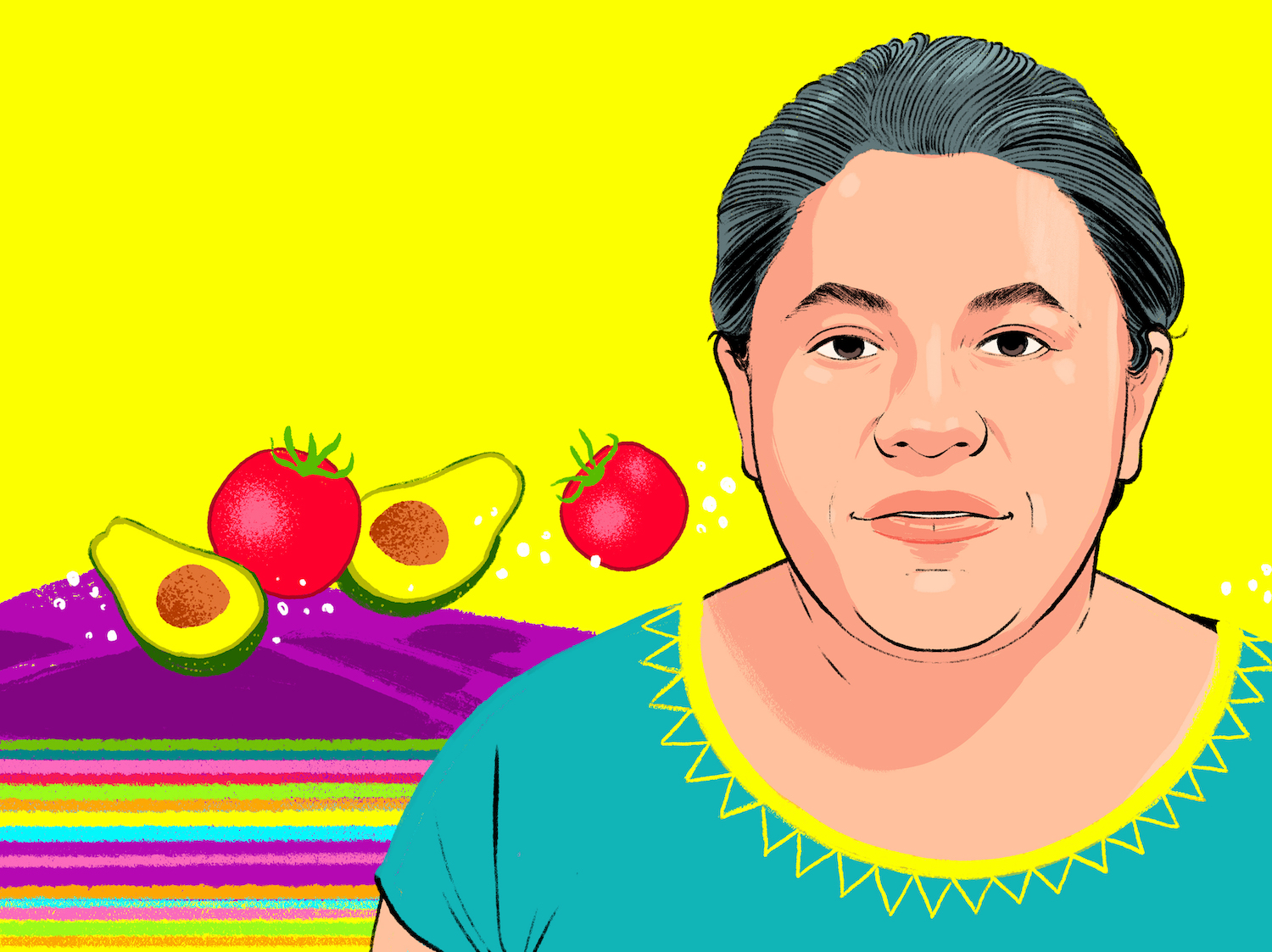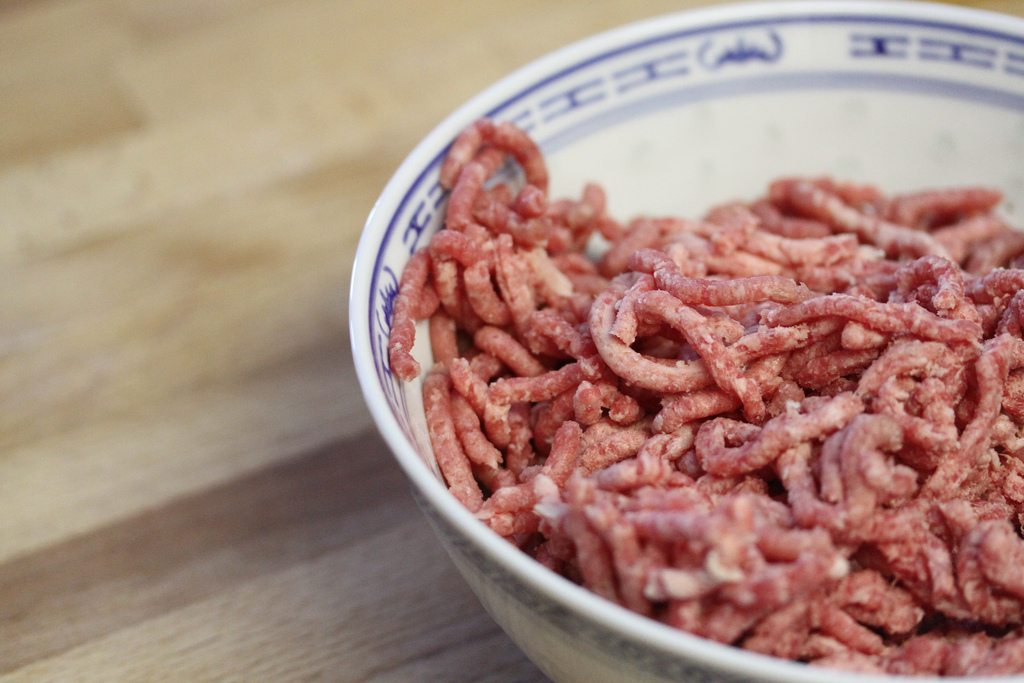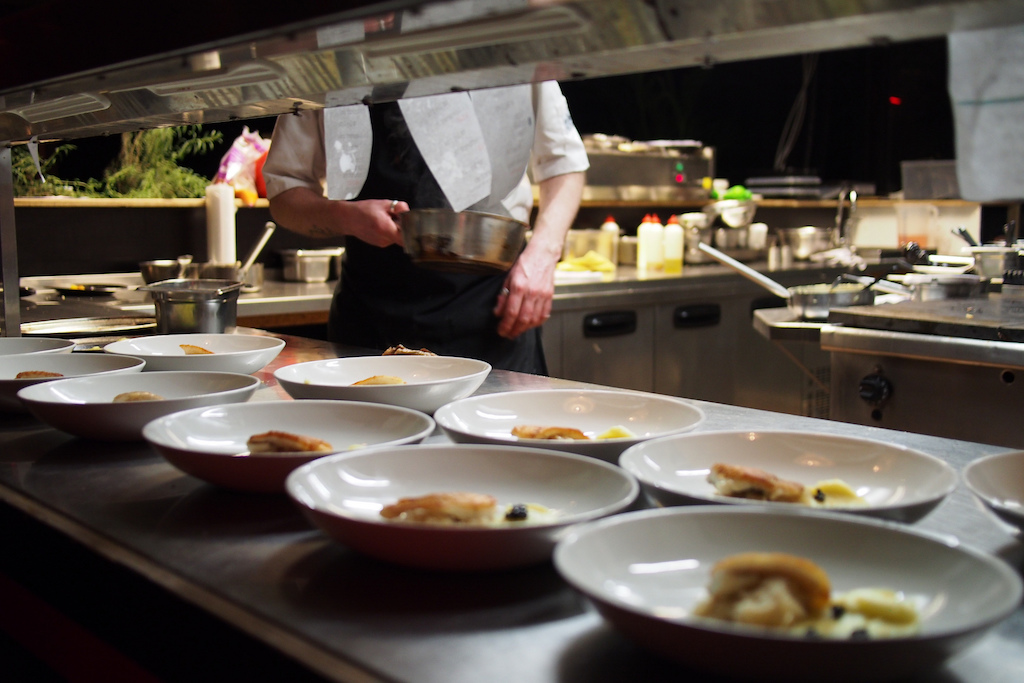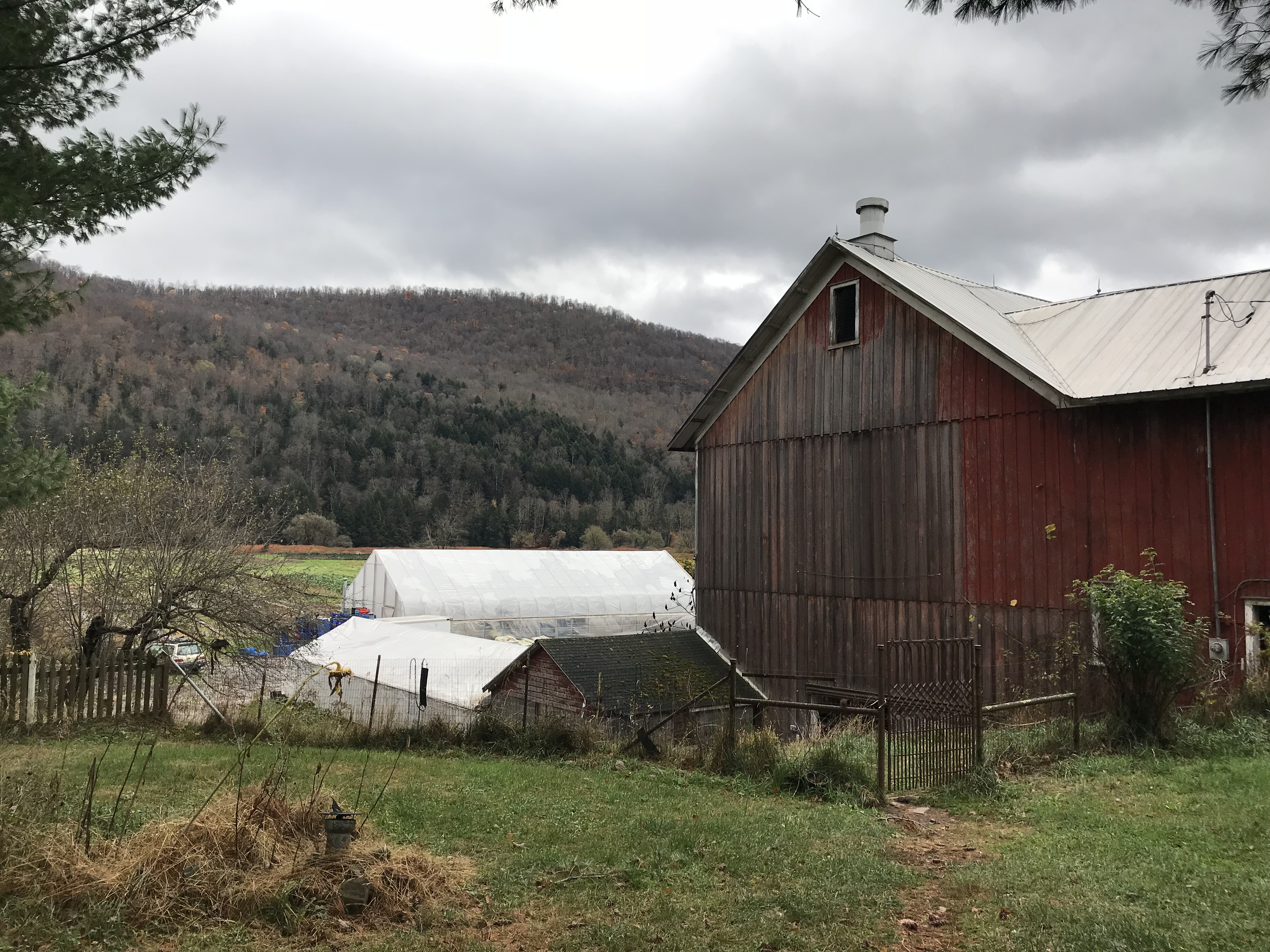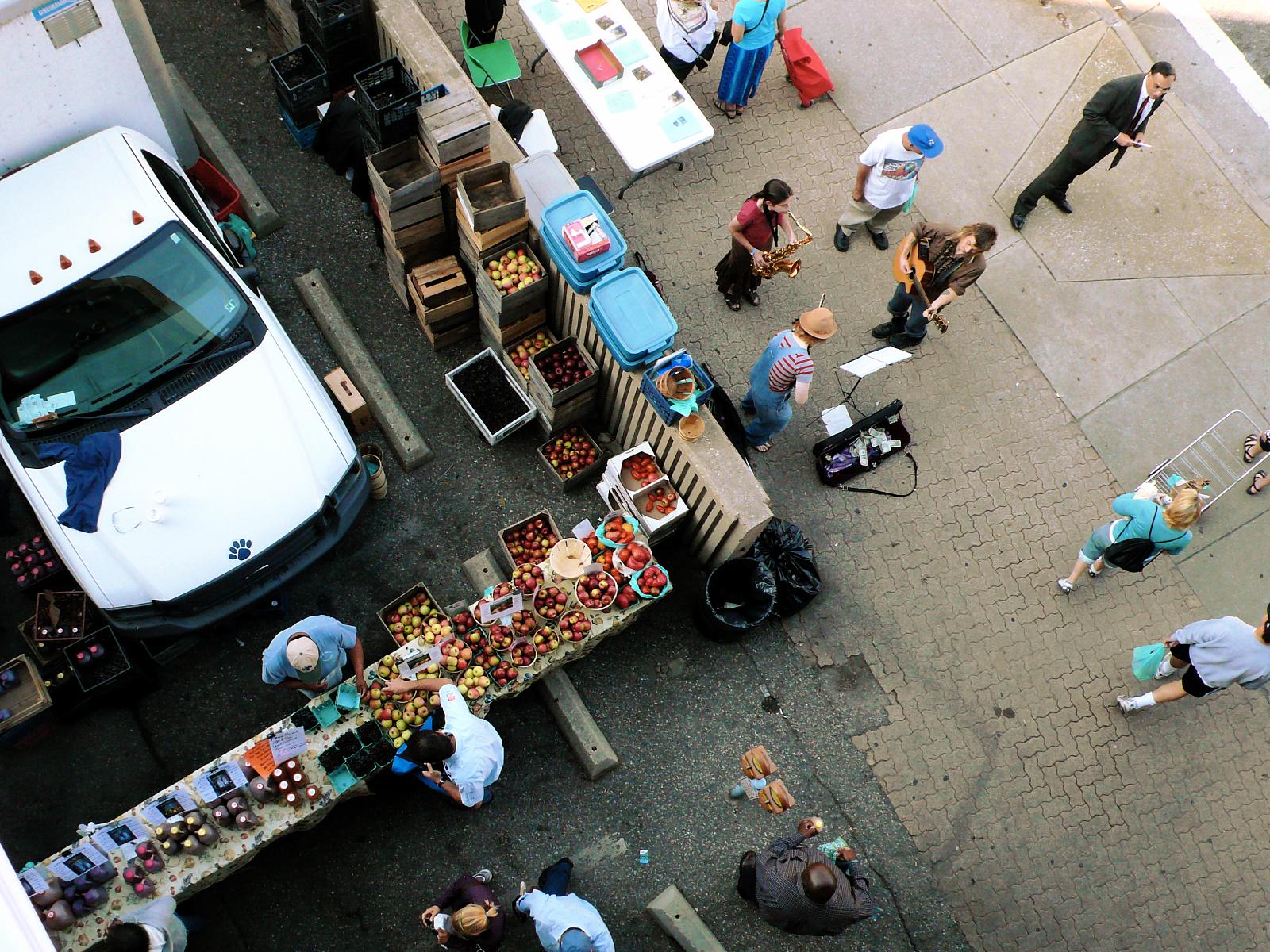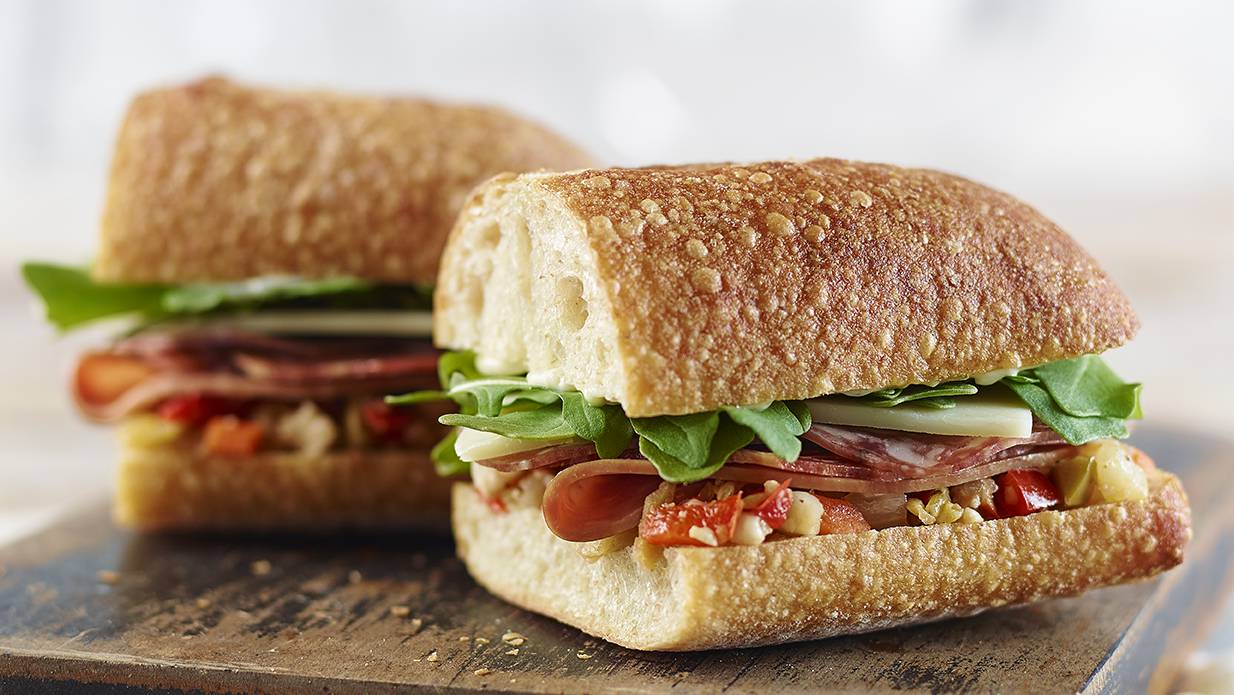
Claire
For years, rancher-activist Mike Callicrate has argued that livestock farmers are in an impossible position: they can’t go big, and they can’t go small. Farmers who sell into the industrial system are paid market price for their animals at the slaughterhouse gate—but since meatpackers increasingly own their own herds, a practice called “captive supply,” some say they’re less inclined to give independent farmers a fair price (or even buy from them at all). At the same time, Callicrate doesn’t see farmers’ markets as a viable alternative, despite their popularity.
“Farmers’ markets are nice, but what farmers need are markets,” he says. “The farmers’ market doesn’t let you sell enough volume.”
Callicrate says he’s never been able to make a decent living by farming alone. As cattle ranches and feedlots closed all over the country, he scraped by thanks to the success of the Callicrate Bander—a popular livestock castration device he invented, subsequently endorsed by author and leading animal welfare consultant Temple Grandin. It’s this second revenue stream that’s given him the resources to develop a successful new model, one that involves sidestepping the conventional supply chain altogether.
The solution? Make like Big Food, and vertically integrate. In 2000, Callicrate decided to cut out the middlemen by building Ranch Foods Direct, a processing plant and store in Colorado Springs, CO. Slowly, he’s built his own supply chain, which he owns from ranch to retail. While large producers try to sell as many animals as possible at whatever price processors are willing to pay, Callicrate doesn’t play the volume game. On his farm, which is licensed to hold 12,000 cows, he runs a smaller, more diversified operation–only about 1,000 head of cattle, plus pigs and chickens. Callicrate raises his animals, slaughters and butchers them in-house, and receives a fair price for what customers buy at his grocery counter.
It’s a model he thinks small farm operators can replicate elsewhere in the country. And it’s all made possible by repurposing a much-hyped piece of equipment that, used as intended, turns out to be better in theory than in practice: the mobile slaughter unit.
From ranch to retail
Big food corporations increase their clout by purchasing their suppliers—a strategy called “backward integration.” But Callicrate has managed to forward integrate, slowly moving away from conventional channels by building his own infrastructure outside the farm. He doesn’t have to worry about what prices the big packers are offering, or how many people visit the farmers’ market. His cattle are butchered, dry-aged and sold inside the same building downtown; carcasses hang just feet from the cash registers.
Scaling up is not without its hiccups—a recent labeling- and process-related recall was an unexpected expense. Nevertheless, business is good. Each week, Ranch Foods Direct sells $45,000 worth of product out of the shop, plus another $60,000 to restaurants and institutions in the area. Callicrate says the one-man chain of custody is a big part of the appeal.
“Our customers see the carcasses hanging in the cooler,” he tells me. “They look right through the door and see them. If they want a tour they can go back any time they want and watch the guys cut the meat. People can see where their food comes from—that’s one reason our business is growing over 20 percent per year.”
Going ranch to retail has allowed Callicrate to fetch prices he’d never seen on the whole-animal market, at a scale not achievable at farmers’ markets. But he’s been fully self-sufficient for only four years. Until 2011, Callicrate didn’t have a way to slaughter his own animals. Instead, he trucked live animals 200 miles from St. Francis to G & C Packing, a Colorado Springs-based processor. He was never fully happy with the arrangement, but there weren’t other options on the table. Small, independent slaughter facilities that will process livestock into custom cuts for retail sale are rare in northwest Kansas, as is the case elsewhere in the country.
“In the overall market, we’ve lost our infrastructure,” Callicrate says. “In the Dakotas, guys are having to haul finished live cattle 600 miles when they used to have a packer in their back yard.”

In many parts of the U.S., ranchers have to transport their animals hundreds of miles to the nearest slaughter facility
If Callicrate wanted to assume full control over his own independent supply chain, insourcing slaughter would be the final step in the path toward self-reliance. But a full brick-and-mortar unit might have cost several million dollars, and that was out of the question. So he tested a radical new approach instead, creating a low-budget stationary facility out of a piece of portable equipment.
Remember the better-in-theory mobile slaughter unit? A few years ago, abattoirs-on-wheels were supposed to be the next big thing in sustainable meat production. The plan was to equip tractor-trailers with processing equipment and send them—complete with butchering teams and USDA inspectors riding shotgun—from farm to farm around the rural countryside.
 Ranch Foods Direct
Ranch Foods Direct Callicrate’s mobile slaughter unit
It seemed like a good idea. Farmers don’t have the processing infrastructure to meet growing demand for what the industry broadly calls “niche meats.” In certain parts of the country, people are forced to transport their livestock hundreds of miles. Those trips are costly, time-intensive, and stressful for the animals. Mobile slaughter units (MSUs) were meant to change all that.
Then there’s the challenge of piloting a 60-foot trailer down roughshod country roads. And who’s able to find skilled labor and USDA inspectors with the flexibility to sustain an itinerant lifestyle? Most significantly, the mobile unit isn’t even a complete off-the-shelf solution for farmers. Getting MSU-ready still requires major investments in additional infrastructure, including expensive power and water hookups as well as waste disposal options. (There’s a good summary of the challenges here.) Despite continued hype in magazines (see Alan Bjerga’s Bloomberg piece), you probably haven’t seen any MSU-processed beef for sale recently. That’s because the model, by and large, has turned out not to be viable. The units are expensive to produce; at the same time, they’re functionally limited. There’s not enough money in processing anyway to recoup that initial $100,000 to $300,000 investment—and the diesel required to power MSUs through all those farm trips eats away at revenues.
“In theory it sounds good, and it sounds like it’s an option that can really handle small-scale animal processing,” says Marty Broccoli, an agricultural economic development specialist from Cornell University’s Cooperative Extension. “But when you really look closely at all the issues, barriers, and challenges, it’s really hard to make it work.”
Quietly, the mobile slaughter trend has mostly faded out. Yet Callicrate thinks mobile but stationary units might serve ranchers better than the original model ever could. For him, going from mobile to immobile has enabled new efficiencies and economies of scale that simply weren’t possible before. And he’s not dependent on anyone else’s infrastructure. When G & C Packing (like so many mid-size packers) closed its doors in February 2014, he never had to look back.
Selling meat the Callicrate way: How to make (stationary) mobile slaughter work
The Callicrate vision for small-scale ranching begins with a group of farmers coming together to purchase a mobile unit. They’ll park it somewhere convenient, way out in the country.
“Generally, these units are going to cost all of a quarter million dollars,” Broccoli says. “Usually, to get some government money and financing, they’re going to want to see at least a third of it with hard equity cash. If a group of farmers wanted to do one, they’d probably have to come up with $75,000 to $100,000 out of pocket. If you have ten farmers, they’ve got to put in ten grand each, and you can probably package the rest of the financing with a USDA loan guarantee, the banks, or grant money depending on where you are.”
At the same time, they’ll open a small whole-animal butcher shop in the closest metropolitan area. Callicrate says it’s crucial to have a retail outlet somewhere with plenty of foot traffic and purchasing power.
“In St. Francis, there’s only 1,200 eaters,” he says. “We produce way more food than what our community needs. Our real urban center is along the Front Range, in Denver and Colorado Springs. You’ve got to have that retail component—that’s where you make your money. Ranchers have got to own the product all the way to the end consumer, and get as much of that retail dollar in their pocket as they can.”
Of course, that part’s really expensive, too. Real estate isn’t cheap in big cities, and whole-animal butchering facilities are tough to build. But Callicrate argues that it’s the cheapest way to test the market, with only a few hundred thousand dollars buy-in—as opposed to several million.
“To go out and build these brick-and-mortar units, you’ll just go bankrupt,” he says. “You’ve got to absolutely know you’ve got a market first, and the fact is most people do not know that. You get all kinds of restaurants that say, ‘I love local, I support local’—as they buy off the Sysco truck every single day.”
Lower barriers to entry make it possible for ranchers to test the market without getting in too deep. The idea is to create a minimum viable product, a low-overhead ranch-to-retail operation that can be built as a customer base is developed. Though vertical integration requires some upfront investment, Callicrate says it allows for efficiencies and cost-saving opportunities that help make the model work. As revenue grows, he’s been able to put more money into infrastructure, adding new features and swapping out cheaper, temporary parts for more expensive, permanent replacements.

The floor plans for Callicrate’s stationary mobile slaughter unit.
Skilled workers from Ranch Foods Direct come down from Colorado to work a few days a week. When staffed by four men—“good, hardworking guys who really know what they’re doing”—the mobile unit can process 20 animals a day. “Those five animals per man per day, “ he told me, “compares to only 1.75 animals per day at the Tyson plant in Garden City. We’re more efficient from a labor perspective.” Meanwhile, he’s transporting only carcasses to Colorado, not full animals. That means 37 percent less weight per animal, which means more truck space and lower transport costs.
Callicrate cites environmental benefits, too. In Kansas, the Department of Health and Environment has ruled that water waste from a mobile slaughter unit qualifies as agricultural waste, not industrial waste. This means that the water runoff generated during daily washdown doesn’t need to be filtered through the expensive and cumbersome filtration systems required at the big plants.
Not only does the mobile unit use less water—under 40 gallons per head slaughtered, compared to 150 – 450 gallons at conventional plants, before boxing—but runoff can be routed to the feedlot pond via a simple treatment system, a terraced filter and helpful aquatic plants. Other slaughter waste is mixed with manure and turned into fertilizer, which can be used to nurture grazing fields. “It’s valuable fertilizer,” Callicrate tells me, “and it means we don’t have that expense of hauling that waste off.”
He’s even managed to fill some of the hole left in the region by the demise of G & C Packing, providing slaughter for about 20 other ranchers in the area and offsetting some costs in the process. The Callicrate Cattle Co. earns about $100 in revenue per animal processed—a $60 kill fee, plus about $40 through the sale of hides and other slaughter byproducts. On a day the unit slaughters ten animals, profit after expenses totals about $250; when the unit hits its 20-head daily capacity, it nets about $500. Though the big money is in meat sales, these cost savings can steadily increase the bottom line.
Meanwhile, Callicrate has made incremental additions to his facility, investing in more permanent infrastructure when it seems financially safe to do so. Over the course of five years, his mobile unit has become close to obsolete: though still used for extra cooling capacity, the brick-and-mortar plant can handle all the rest.
The unit isn’t meant to stay immobile forever. Callicrate plans to sell his trailer soon so that someone else can replicate his model. He hopes it will go on the road again—but only briefly—to another semi-permanent home down the road, somewhere in the ranchlands of Southern Colorado.





